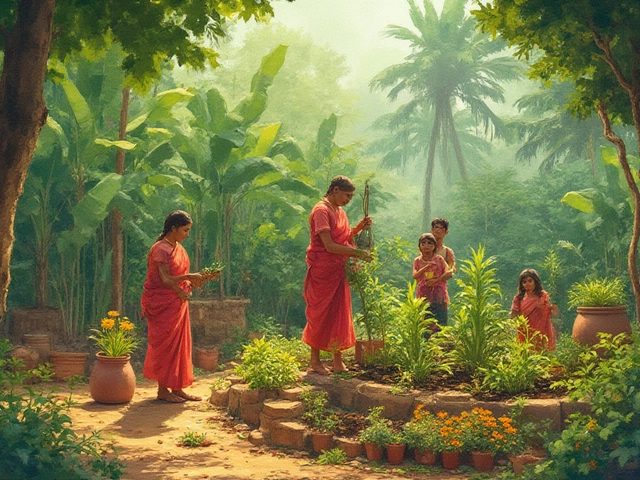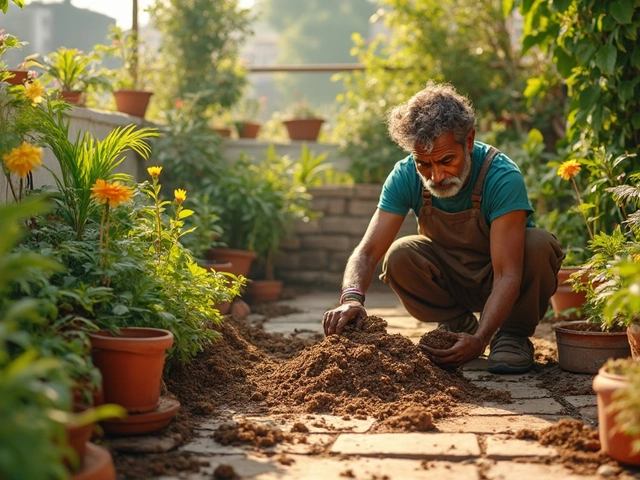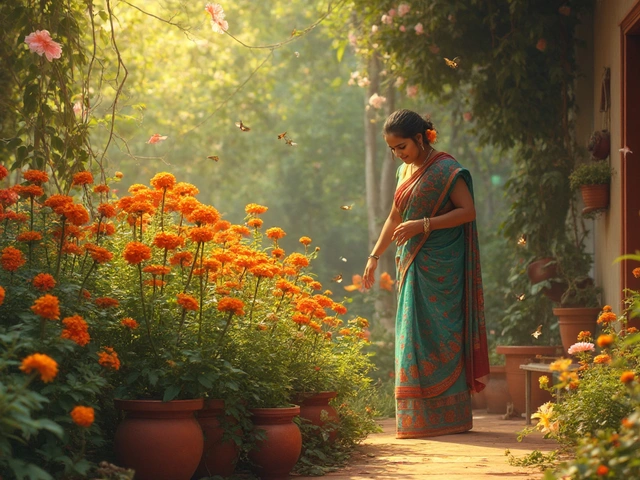Cruciferous Vegetables: Quick Guide for Indian Gardeners
Ever wondered why broccoli, cabbage and cauliflower are called "cruciferous"? They belong to the same family (Brassicaceae) and share similar growing needs. That means you can plan a mini‑cruciferous garden and treat them almost the same way.
Choosing the Right Variety
First, pick varieties that love Indian climates. For hot plains, try "Munro" broccoli or "Kashmir" cabbage. In cooler hill zones, "Calabrese" broccoli and white cauliflower perform well. Local seed banks often list region‑specific hybrids that tolerate heat, humidity or occasional frost.
Soil and Planting Basics
All cruciferous veggies like well‑drained, fertile soil with a pH of 6.0‑7.0. Add plenty of compost or well‑rotted farmyard manure a week before planting. A soil test can save you from nasty nutrient deficiencies later on.
Space matters. Plant seedlings 45‑60 cm apart for cabbage, 30‑45 cm for broccoli, and 45‑60 cm for cauliflower. This spacing gives each plant room to form tight heads and reduces disease pressure.
When you sow seeds, plant them 0.5‑1 cm deep. If you’re using a drip irrigation system, bury the lines about 10‑15 cm deep – that depth keeps the water close to the root zone without wasting it.
Water consistently. Cruciferous crops need around 25‑30 mm of water per week during the growth phase. Too much water can cause root rot; too little leads to bitter leaves. A simple rain gauge or a bucket can help you track water use.
Fertilize in two stages: a basal dose of 20‑30 kg N per hectare at planting, then a top‑dress of 10‑15 kg N when you see the first true leaves. Adding a bit of phosphorus and potassium (1:1:1 NPK) supports strong root development.
Pest management is crucial. Cabbage worms, aphids, and flea beetles love these plants. Rotate crops every 3‑4 years and use neem‑based sprays or sticky traps. Companion planting with marigold or dill can repel many pests.
Harvest timing decides taste. Broccoli heads are ready when tight and dark green; wait a week after the first flower buds appear for maximum flavor. Cabbage heads should feel firm and weigh around 1–1.5 kg. Cauliflower heads are best when white and dense – cover them with a cloth if a sudden cold spell threatens yellowing.
After harvest, store vegetables in a cool, humid place (around 0‑2 °C). Proper storage extends shelf life by weeks, which is essential for market sales.
If you’re thinking about turning your cruciferous garden into a small business, know that broccoli prices in India have risen steadily over the past few years. Keep an eye on market trends, and consider planting a mix of early and late‑season varieties to spread out your income.
Bottom line: with the right variety, soil prep, consistent watering and simple pest tricks, cruciferous vegetables can thrive in most Indian regions. Start small, learn from each harvest, and you’ll soon have a reliable source of nutritious greens for your family or market.

The World's Healthiest Vegetable: Unveiling the Top Nutritional Powerhouse
Diving deep into science and tradition, discover which single vegetable claims the no. 1 spot for health benefits—plus practical ways to add it to your diet.
About
Vegetable Gardening
Latest Posts


Mixing Top Soil with Garden Soil: Smart Tips for Terrace Gardening
By Alden Thorne Apr 1, 2025

Discovering India's Healthiest Vegetable for Your Garden
By Alden Thorne Dec 14, 2024

Longest Growing Vegetables for Your Balcony Garden
By Alden Thorne Feb 15, 2025
